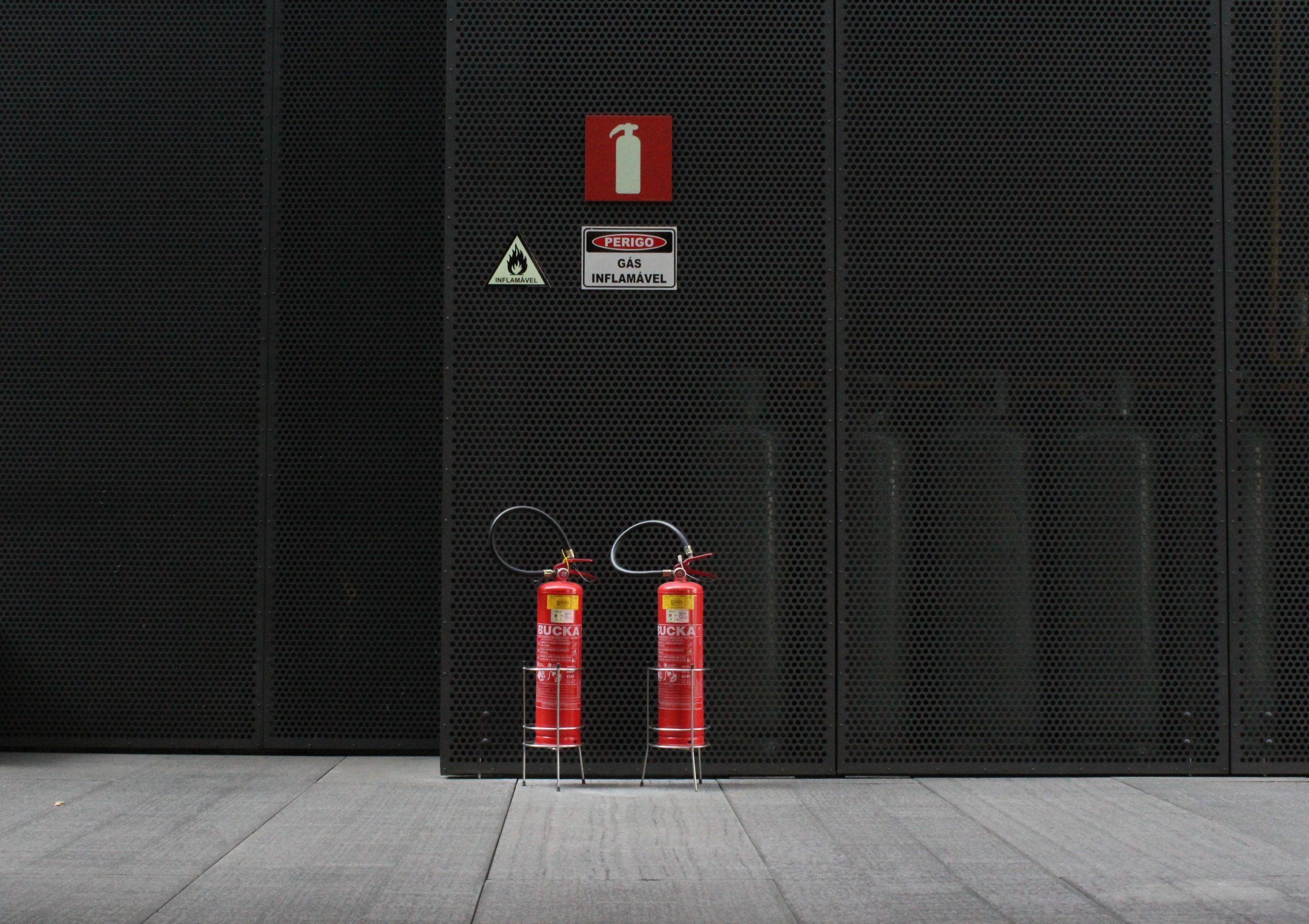Sydney fire safety goes beyond than just checking boxes. At the center of the system is the Annual Fire Safety Statement (AFSS) the document that is not just a way to meet legal requirements but also demonstrates a building owner’s commitment to safety and responsibility. In conjunction with the Fire Safety Certificate, the AFSS forms the basis of a system designed to ensure the safety of occupants in buildings as well as assures insurers and assures councils of the structures of their city.

What is the reason for an annual Fire Safety Statement
The Annual Fire Safety Statement Sydney requirement was never designed to be a formality for the sake of filing. The fire protection systems will only be efficient if they’re maintained regularly checked, tested and certified. Although it may appear that a sprinkler installed ten years ago works just fine, but it can’t be able to function in a situation of emergency because the system was not examined.
The AFSS insists that property owners show at least once every 12 months that all fire safety security measures on their property, from alarms and hydrants, to lighting for exits–are still up to the standards set forth by the Building Code of Australia (BCA). The AFSS does not just serve as an inspection, but rather a public declaration of the security and durability of the building in the case of a major disaster.
The Difference Between AFSS and Fire Safety Certificates
Many homeowners confuse the annual statement with Fire Safety Certificate, but their objectives differ. The certificate is issued once a system has been put in place or major upgrades have been made. It ensures that the newly installed measures meet the requirements before the building or tenancy is allowed to be leased. The AFSS comes later. It’s a regular obligation that proves the same systems remain in compliance with the standards each year following the installation.
They are able to create a protection loop when they’re combined: certificates prove that the safety systems have been installed correctly and the annual audits ensure that these systems are maintained over the lifetime of a structure. Failure to finish each step can weaken the entire chain.
The Responsibility entrusted to Building Owners
In New South Wales, the AFSS procedure is unique because the owner of the property bears the sole responsibility. As opposed to other forms of compliance where defects may be classified as major or minor and major, the AFSS system does not support any sort of classification. If even one measure fails then the entire document cannot be issued with any validity.
Owners should be proactive. To adhere to deadlines, they need to plan inspections, hire accredited professionals, schedule repairs, and send documents to council. Councils for strata and commercial landlords are also accountable for coordinating with contractors, tenants and insurance companies. The structure, though challenging but is designed to ensure that security is not affected or delayed.
The Impact of AFSS on Sydney
The AFSS isn’t just about compliance with the law. It has far-reaching implications. Tenants frequently inquire about a building’s current safety statement when deciding whether to lease space. In addition, insurers frequently require a copy before finalizing the coverage. A current Annual fire safety statement can therefore influence property value, tenant confidence, and even insurance premiums.
The system provides councils with confidence in the inspection of buildings that cover thousands in Sydney. It means that fire authorities are more confident about the system’s capability to function during emergencies. This decreases risk for both firefighters and those who reside in the buildings. The AFSS isn’t just about protecting structures. It is also about making the town safer in general.
Conclusion: AFSS As a Standard of Trust
The requirement of an annual Fire Safety Declaration Sydney may appear as a bureaucratic obstacle however it’s really a measure of trust. It proves that fire safety can’t be just a matter of luck, that equipment is reliable and that property owners are willing to take the responsibility of safeguarding those inside their buildings. It’s a component of a process that validates the structure and the implementation of vital safety measures.
For homeowners, the lesson is simple: the AFSS is much more than just an annual date. It is an investment in safety as well as accountability and trust in the community. In the rapidly expanding urban sprawl of Sydney where a lot of people rely on safe and dependable buildings, that dedication is what truly makes the AFSS valuable.


